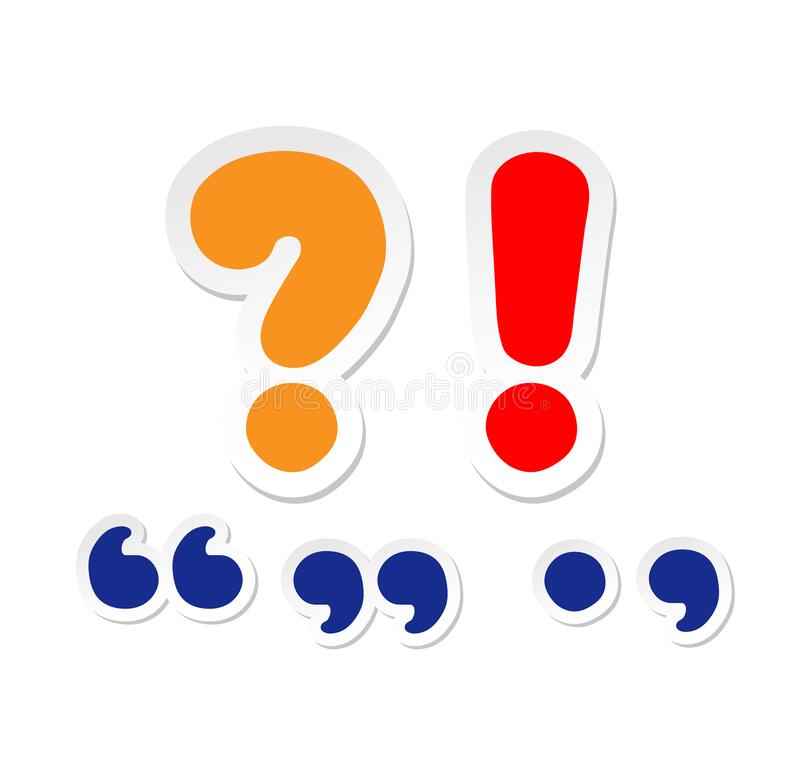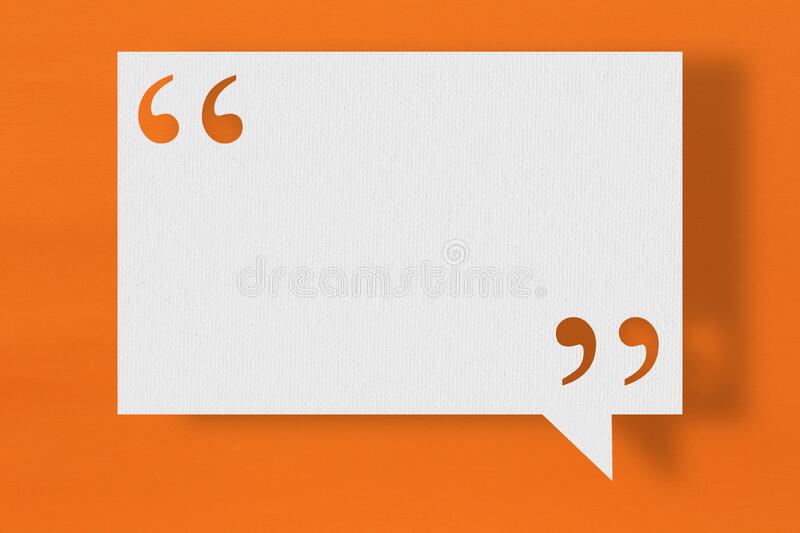
Whether or not periods (Full stops) go outside or within a concluding quotation mark is one of the most popular questions people ask. There is a reason why everyone is puzzled about this issue. American English isn’t the same as British English regarding language rules. It’s common to run into differing usages when reading American and British sources like the BBC and CNN blogs. Since the rules of American English differ from those of British English.
In the United States, we adhere to a strict guideline that compositors reportedly developed to safeguard the usage of periods. It is standard practice to place periods within quotation marks.
British style dictates that the writer decide whether the period should follow the quotation or remain in the main sentence. The famous British language guide “The King’s English” was written in 1906 by H.W. Fowler and F.G. Fowler. They appear to have been early advocates of this logical theory. There, they elaborate on the rationale behind the British punctuation system. The Fowlers disagree with the typesetters but are confident of their method’s superiority.
The Use Of A Period Following A Quote:
In The United States English:
American publishers usually put a period before the concluding quotation mark. It is because it enhances the readability of the text. The practice has been around since the nineteenth century, at the very least. According to “A Treatise on English Punctuation (1850)” by John Wilson, it facilitates “neatness.” A period after a closing double quotation mark looks awkward and breaks up the flow of the sentence.
The use of periods within quotation marks is standard in American English.
According to the UWSC, most Americans write it “this style.”
However, a period is not seen as an addition but rather an intrinsic element of quoted text in the United States. However, “it is not probable to give a wrong interpretation of the quoted words” due to the practice. This trickery with punctuation is nothing compared to the violation of quotation. Quoting almost always requires pulling the original author’s words out of context, an activity that unavoidably alters their meaning.
In The British English:
If you are writing in British English, you should place commas and periods (full stops) outside quotation marks. The only exceptions to this rule are instances in which the quoted information is likewise a complete sentence and where the punctuation is included as part of the quotation itself.
According to the UWSC, individuals in the United Kingdom type it “this way.”
The American and British versions use similar punctuation for the rest of the sentence when writing it out.
Periods With Quotations In Chicago Style:
The Chicago Style Manual recommends putting periods before the concluding quotation mark, “such as this one,” instead of after “such as this one”. Even though it isn’t altogether logical and isn’t widely practised outside the US, this conventional approach has survived. Until 1905, people used to put a period before a closing quotation mark.
As per the manual;
Include the period within the quotation marks. (There is no exception to this rule). Chicago manual 1905
It wasn’t until the 1937 publication of the tenth edition of the manual that the rationale behind Chicago’s continuous exemption of periods alone was made public.
As per the manual, the period is put within the quotation marks.
Chicago Manual Style:
”This is “only a test,” you know, “not real life.”

Periods With Quotations In MLA Style:
According to the MLA Handbook, periods that follow quotations should be placed inside the concluding quotation marks.
The guideline is the same when referring to a list of headings:
Julio Cortázar was a prolific author who created a number of short stories. Some of his most well-known works are “Casa tomada,” “La noche boca arriba,” and “Babas del diablo.”
It works the same way in cases where a title inside a title appears at the end of a phrase as well:
A short story by Flannery O’Connor is looked at in a new way in the essay “The Uncanny Theology of “A Good Man Is Hard to Find.”
Final Words:
In American English, we always place periods within the concluding quotation mark. In contrast, semicolons, colons, asterisks, and dashes are always placed outside the ending quotation mark. You should use British guidelines if you are writing something for a British audience. However, if you are writing an article for a class or submission to an American publication. In that case, the period should go within the quotation marks.
More From Us:
We hope that you’ve enjoyed reading our detailed findings on the appropriate use of period (full stop) with quotation marks. However, if you want to gain more knowledge regarding punctuation, we encourage you to go through our following articles:
Most of the time we misplace the very common punctuation, comma (,) in our context. There are certain rules to use this basic yet essential punctuation properly. That’s why we would like you to read our article on “8 Basic Rules For Using Comma” by clicking here.
Sometimes, we usually overlook the use of punctuation marks during the context. That is when we make the whole sentence meaning wrong. That is why it is important to go through our extensive research on the “8 Most Common Punctuation Mistakes To Avoid.” You can read our article by clicking here.
Also, apart from the regular punctuation marks that we use in our daily context, there are some uncommon punctuation marks out there as well that are very interesting to learn as well. You can learn more about them in our exciting article on the “15 Uncommon Punctuation Marks.” You can read that article by clicking here.
Proofread this. You write the sentence beginning “According to the UWSC…” according to American rules, for example. Very confusing.
That’s only an example.